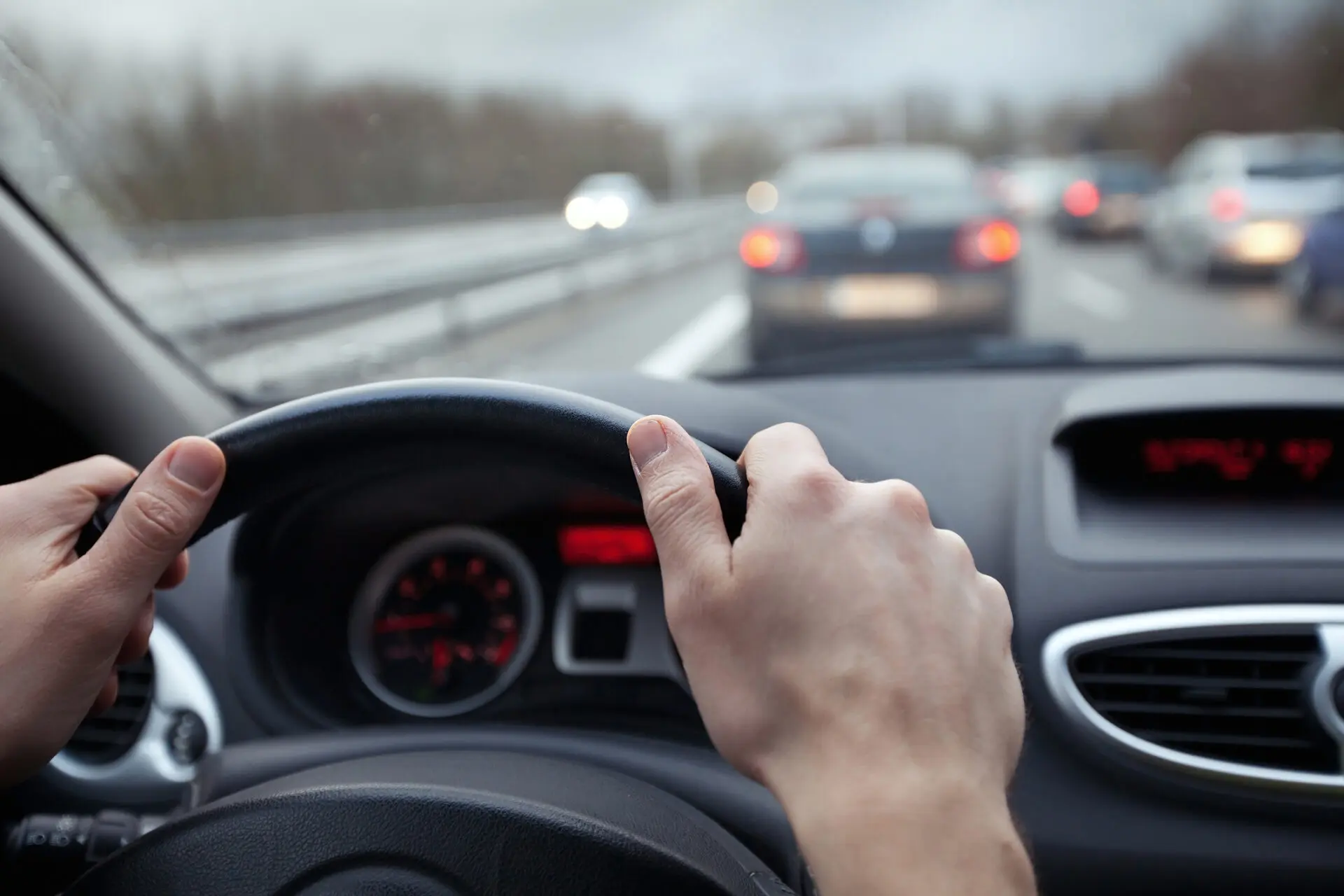Smoking weed has become increasingly common in recent years, especially as more countries and states legalize its recreational or medicinal use. However, it's important to understand the potential consequences and risks associated with driving after consuming marijuana.
What is the Weed Driving Limit?
Just like alcohol, marijuana can impair your ability to drive safely. The active ingredient in marijuana, THC, affects your coordination, reaction time, and judgment. Therefore, it is crucial to know the legal limits and regulations regarding driving under the influence of weed.
In most countries and states, there is a specific limit for THC blood concentration that determines whether you are legally impaired. This limit varies, but it is typically around 5 nanograms per milliliter (ng/ml) of blood. If your THC blood concentration exceeds this limit, you can be charged with driving under the influence.

How Long Does THC Stay in Your System?
The duration THC stays in your system depends on various factors, including the frequency and amount of marijuana consumed, your metabolism, and the type of drug test being used. Generally, THC can be detected in your system for up to 30 days after use, but it is most commonly detected within the first few days.
However, it's important to note that the presence of THC in your system does not necessarily indicate impairment at the time of testing. THC can remain in your body long after the effects have worn off, making it difficult to determine if you are still impaired.
Can I Drive the Day After Smoking Weed?
While the effects of marijuana can vary from person to person, it is generally recommended to wait at least 24 hours after smoking weed before driving. This allows sufficient time for the majority of the THC to leave your system and reduces the risk of impaired driving.
However, it's crucial to understand that everyone metabolizes THC differently, and some individuals may still have detectable levels of THC in their system even after 24 hours. Factors such as body weight, metabolism, and the potency of the marijuana consumed can influence how long THC remains in your system.
It's always better to err on the side of caution and avoid driving if you have recently consumed marijuana. If you are unsure about your level of impairment, it's best to find alternative transportation or wait until you are confident that you are no longer under the influence.
What are the Consequences of Driving Under the Influence of Weed?
Driving under the influence of weed can have severe legal and safety consequences. If you are caught driving with a THC blood concentration above the legal limit, you may face penalties such as fines, license suspension, mandatory drug education programs, and even imprisonment.
Additionally, impaired driving puts yourself and others at risk. Marijuana can impair your judgment, coordination, and reaction times, increasing the likelihood of accidents and injuries on the road. It's essential to prioritize the safety of yourself and others by refraining from driving under the influence.
It's crucial to be aware of the potential risks and consequences of driving after smoking weed. While the legal limits and guidelines may vary, it's always best to wait at least 24 hours after consuming marijuana before getting behind the wheel. Ultimately, prioritizing safety and making responsible decisions regarding driving under the influence is essential for everyone on the road.
If you want to know other articles similar to Driving after smoking weed: legal limits and risks explained you can visit the Driving under the influence of marijuana category.

